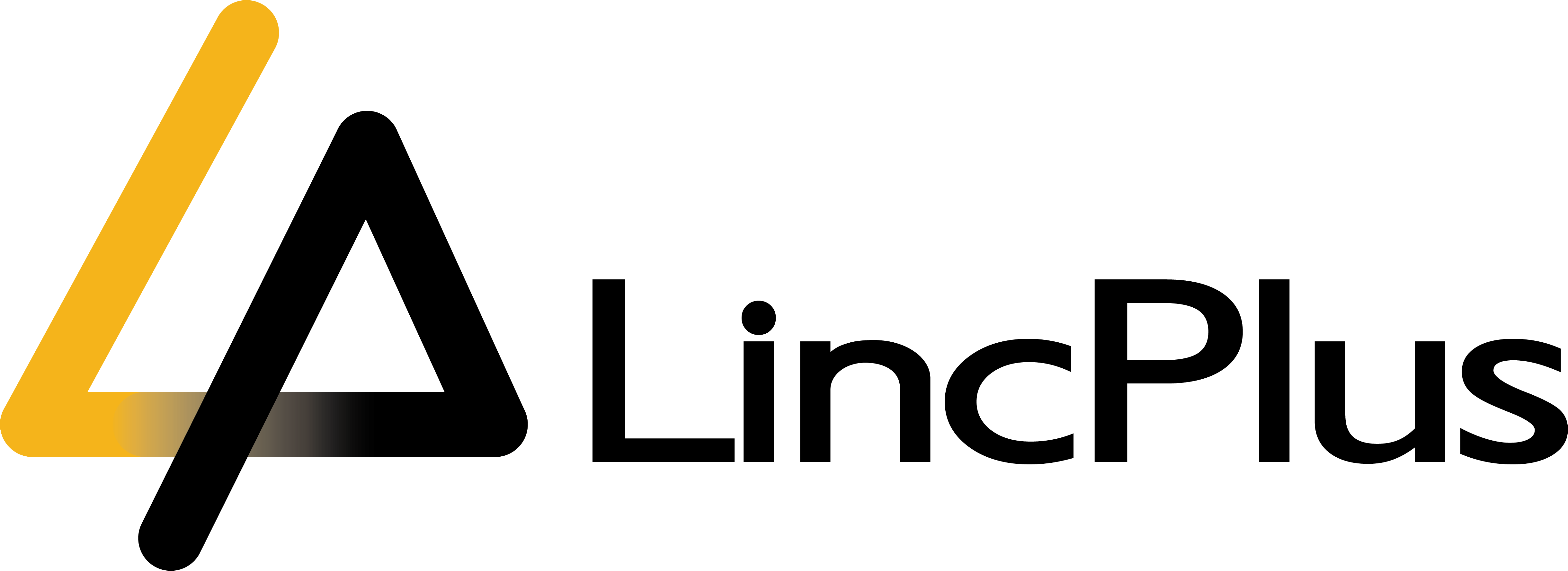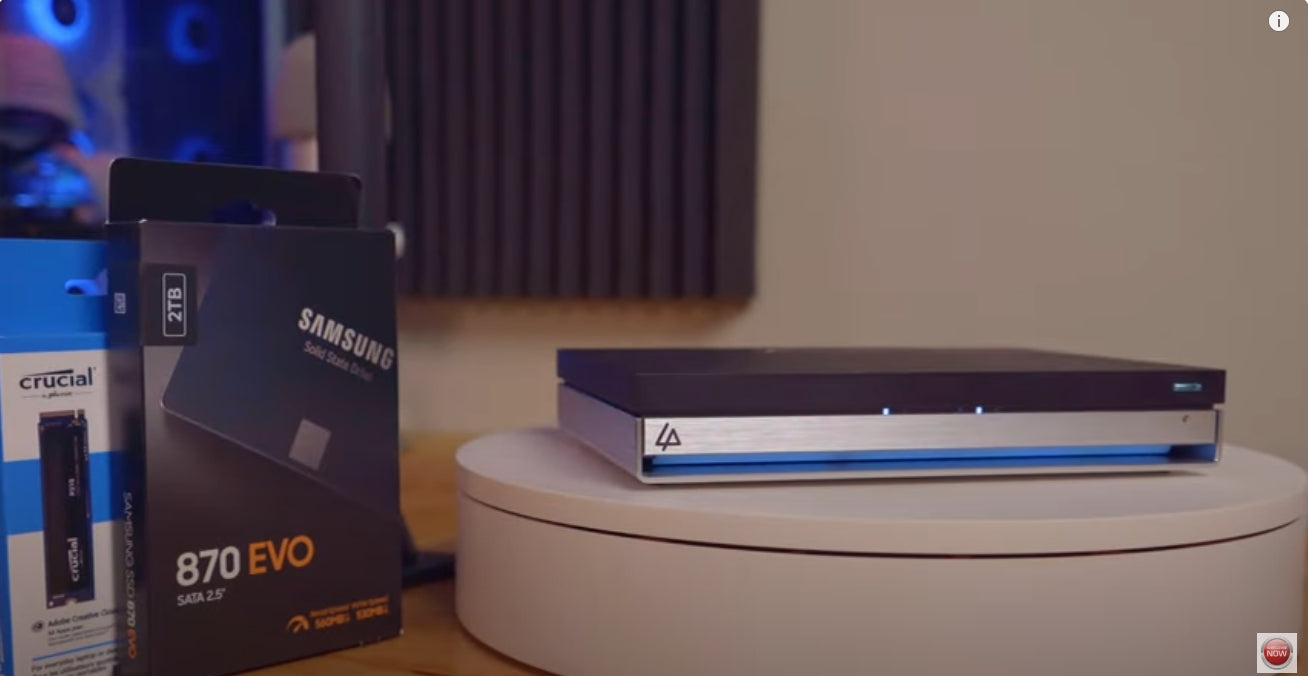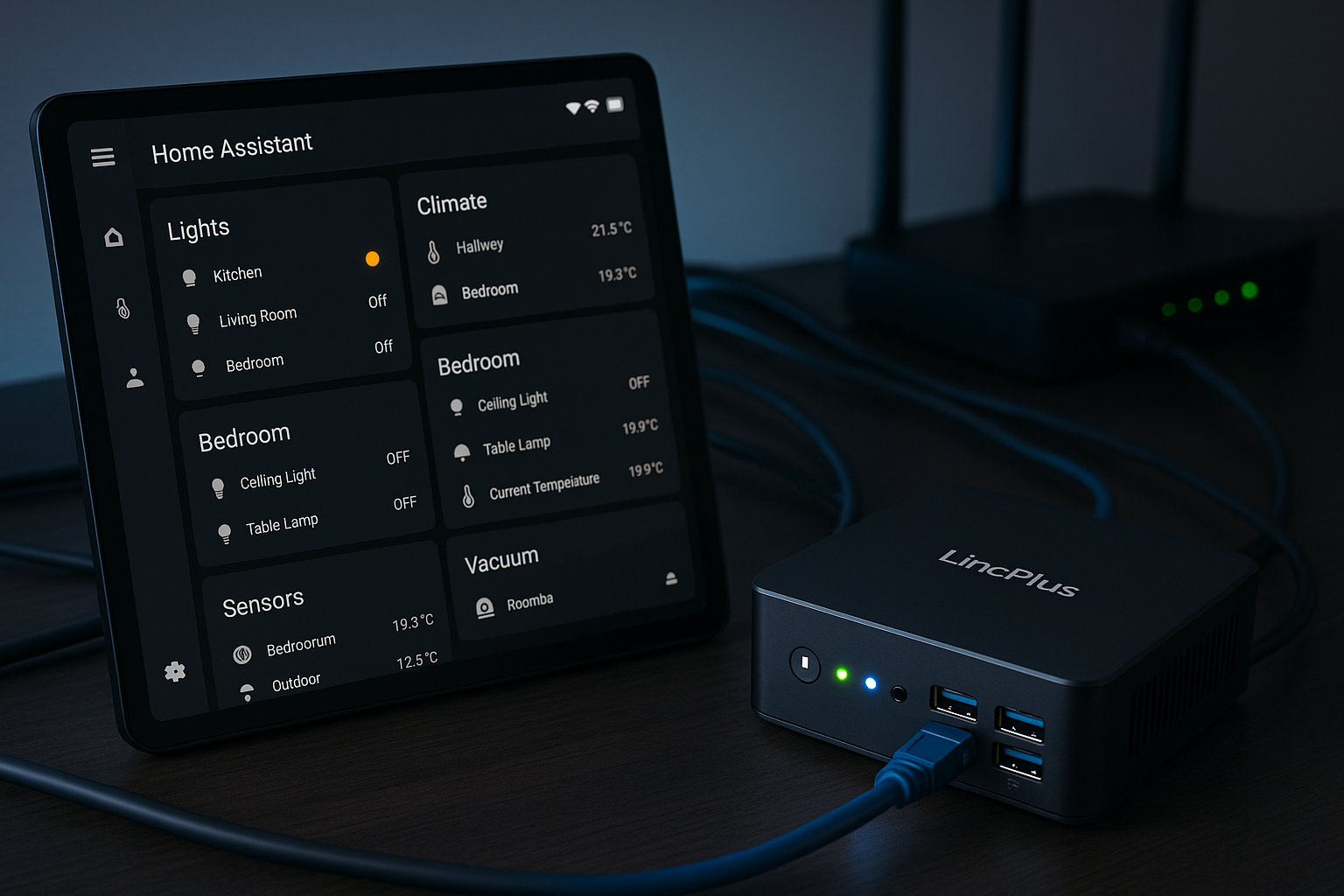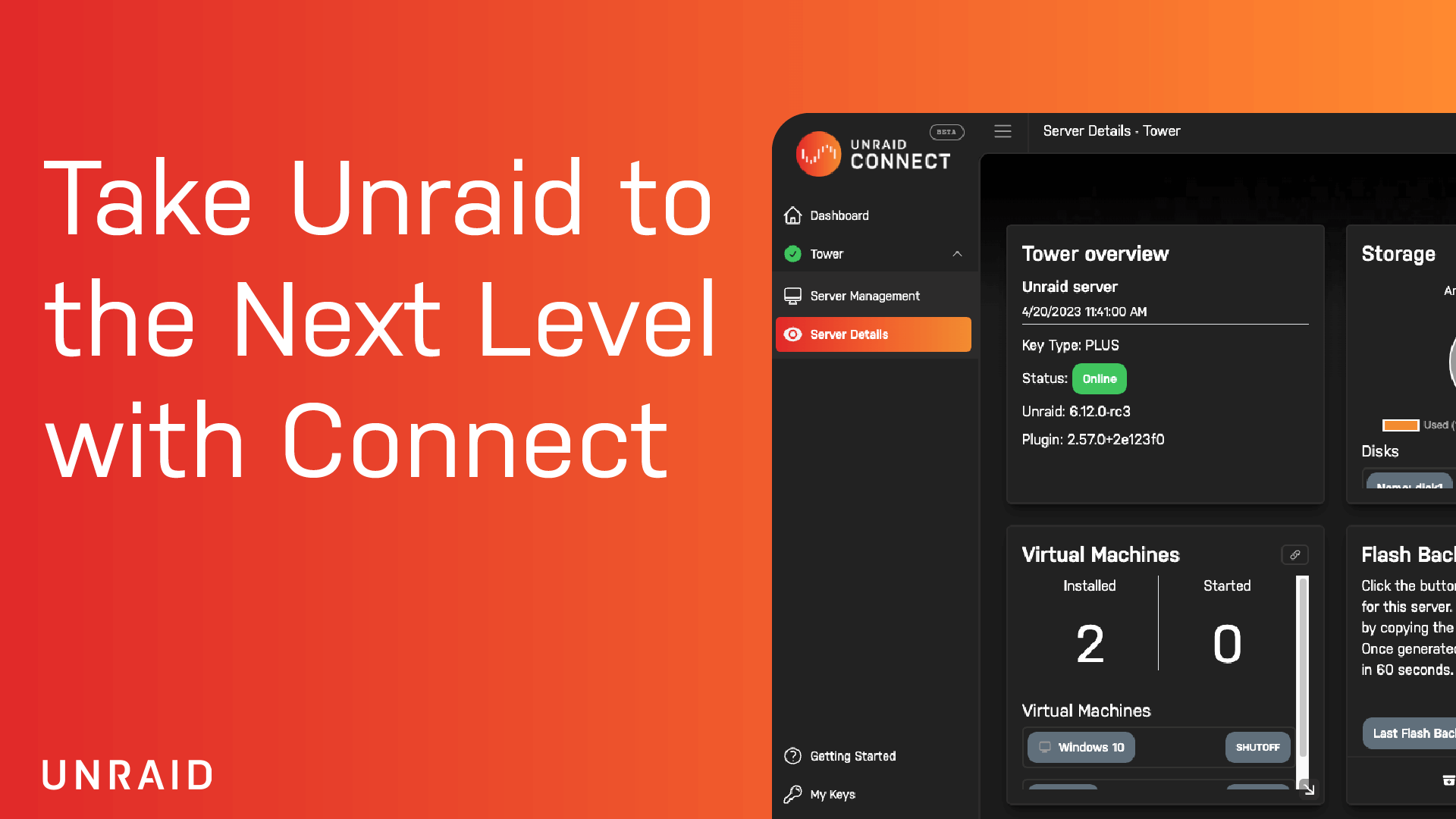Introduction: The Rise of All Flash NAS
In the world of modern data storage, speed, reliability, and efficiency are the cornerstones of success. Traditional hard disk drive (HDD)-based NAS solutions have served homes and businesses for decades, but the demand for faster access, lower latency, and more resilient systems has given rise to a new generation of solutions: all flash NAS storage.
Unlike conventional NAS systems that rely on spinning disks, an all flash NAS leverages solid-state drives (SSDs) or NVMe storage, offering lightning-fast performance with significantly reduced latency. From enterprises running mission-critical applications to creative studios handling massive video files, flash NAS solutions are reshaping the future of data management.
This article explores what makes all flash NAS different, why businesses and home users are adopting it, and how solutions like the LincStation N2 from LincPlus deliver cutting-edge performance at an affordable cost.
1. What is an All Flash NAS?
An all flash NAS is a network-attached storage system that uses SSDs or NVMe drives exclusively instead of HDDs. By eliminating mechanical spinning disks, these systems offer:
- Higher IOPS (Input/Output Operations Per Second) for demanding workloads.
- Lower latency for real-time applications.
- Better durability with no moving parts.
- Reduced power consumption compared to large HDD arrays.
Some systems combine SSDs with traditional HDDs in a hybrid approach, but all flash NAS storage is designed specifically for environments where performance and responsiveness are non-negotiable.
2. Why All Flash NAS is Gaining Popularity
The transition from HDDs to SSDs in personal computers mirrors what is happening in the NAS world. Users want faster file access, shorter boot times, and smoother workflows. Key drivers include:
- Data-intensive applications: Video editing, 3D modeling, CAD, and large-scale datasets require ultra-fast storage.
- Virtualization & containerization: Running VMs and Docker containers benefits greatly from NVMe NAS performance.
- AI and machine learning: Training and inference processes need high I/O bandwidth, where HDD NAS falls short.
- Business continuity: Flash storage offers more reliability, minimizing downtime caused by mechanical drive failures.
3. Benefits of All Flash NAS Storage
a. Blazing Speed
An all flash NAS provides throughput and IOPS that far exceed HDD-based systems. For workloads like databases, virtual machines, or 8K video editing, this speed is crucial.
b. Low Latency
Unlike spinning disks that require time to read and write, SSDs respond instantly. This makes NVMe NAS storage ideal for real-time applications such as surveillance systems or streaming servers.
c. Energy Efficiency
SSDs consume less power, run cooler, and generate less noise than HDDs, making them eco-friendly and cost-effective over time.
d. Reliability & Durability
With no moving parts, SSDs are less prone to mechanical failures. This increases the lifespan of storage arrays and reduces maintenance costs.
e. Scalability
Modern flash NAS solutions are modular, allowing businesses to expand as storage needs grow without compromising performance.
4. Real-World Applications of All Flash NAS
a. Home Media Libraries
A flash NAS enables seamless 4K or even 8K streaming to smart TVs and media players. Unlike HDD NAS systems that may buffer with high-bitrate content, all flash storage ensures smooth playback.
b. Small Business Servers
For startups and SMBs, small business all flash NAS systems deliver enterprise-class performance at a fraction of the cost. Use cases include:
- Centralized document management
- Secure file sharing
- Cloud backup integration
c. Video Editing & Creative Studios
Creative teams often work with raw 4K/8K footage or large Photoshop files. A flash NAS for video editing allows multiple users to access and edit large files directly over the network, eliminating cloud sync delays.
d. Enterprise & Data Centers
Enterprise all flash NAS storage supports mission-critical applications like:
- Database hosting
- Virtual desktop infrastructure (VDI)
- AI/ML data processing
- Real-time financial transactions
e. Hybrid Workflows
All flash NAS can also be integrated with cloud services, creating a hybrid storage model for backup, disaster recovery, and remote collaboration.
5. All Flash NAS vs Traditional HDD NAS
| Feature | HDD NAS | All Flash NAS Storage |
|---|---|---|
| Speed | Slower (100-200 MB/s) | Ultra-fast (500MB/s – 5GB/s) |
| Latency | Higher (ms range) | Ultra-low (µs range) |
| Durability | Moving parts, prone to failure | No moving parts, durable |
| Power Consumption | Higher | Lower |
| Cost per TB | Cheaper | More expensive |
| Best Use Case | Bulk storage, archival | Performance-driven workloads |
6. Choosing the Right All Flash NAS
When selecting an all flash NAS storage solution, consider:
- Drive Type: SATA SSD vs NVMe SSD. NVMe provides faster performance but may be costlier.
- Network Interface: 1GbE is outdated; opt for 2.5GbE, 10GbE, or higher.
- RAM & CPU: More memory and stronger CPUs enable virtualization, Docker, and heavy multitasking.
- Scalability: Ensure the NAS can expand with your growing storage needs.
- Software Ecosystem: A user-friendly OS with cloud integration, remote access, and AI features adds long-term value.
7. Spotlight: LincStation N2 – A Cost-Effective All Flash NAS
For users seeking a balance of performance and affordability, the LincStation N2 from LincPlus is a strong contender.
- CPU: Intel N100 quad-core processor
- Memory: 16GB RAM (expandable)
- Storage: 4x M.2 NVMe SSD slots for true all flash NAS performance
- Networking: 10GbE port for ultra-fast file transfers
- Price Point: More affordable compared to enterprise-only solutions
What makes the LincStation N2 unique is that it brings enterprise-level NVMe NAS storage into the hands of home users, photographers, and small businesses without breaking the bank.
Additionally, it runs on LincOS, a modern NAS operating system that offers:
- Remote access from anywhere
- AI-powered smart photo albums
- Cloud sync integration
- Docker and VM support
This makes the LincStation N2 not just a storage box, but a comprehensive all flash NAS solution for both personal and professional use.
8. Future of All Flash NAS Storage
As SSD and NVMe costs continue to decline, the adoption of all flash NAS systems will accelerate. In the near future, even entry-level NAS devices will likely move away from HDDs entirely, focusing on flash-first designs with hybrid cloud integration.
Emerging technologies such as PCIe Gen 5 NVMe drives and AI-powered storage optimization will further enhance performance, making all flash NAS the standard for modern data environments.
Conclusion
The shift from HDDs to SSDs in network-attached storage is not just an upgrade—it's a revolution. An all flash NAS offers unmatched speed, reliability, and efficiency, making it the ultimate solution for modern data needs.
Whether you're running a small business, editing high-resolution videos, or managing enterprise workloads, all flash NAS storage ensures your data is accessible, secure, and future-ready.
And for those seeking an affordable yet powerful option, the LincStation N2 demonstrates how cutting-edge NVMe NAS storage can deliver performance once reserved for enterprises—now within reach of home users and SMBs.




Hinterlasse einen Kommentar
Alle Kommentare werden vor der Veröffentlichung geprüft.
Diese Website ist durch hCaptcha geschützt und es gelten die allgemeinen Geschäftsbedingungen und Datenschutzbestimmungen von hCaptcha.